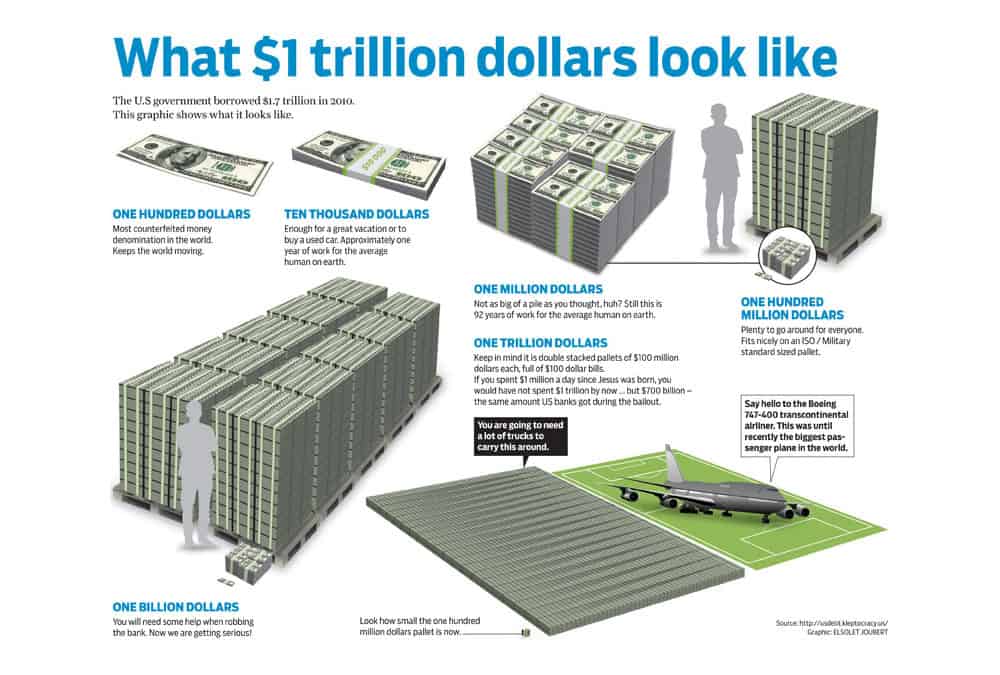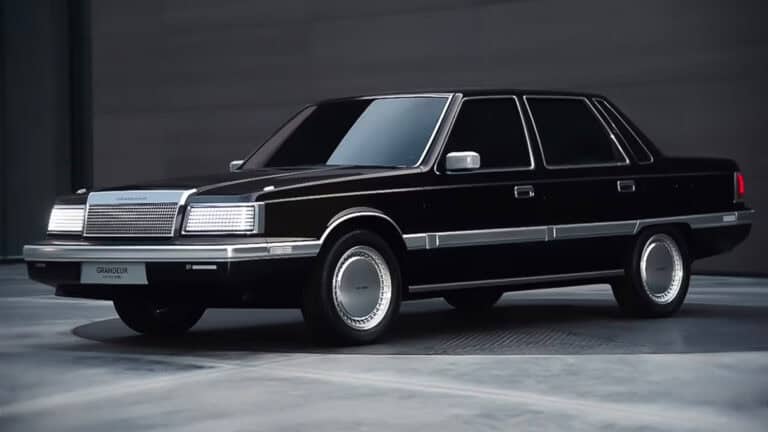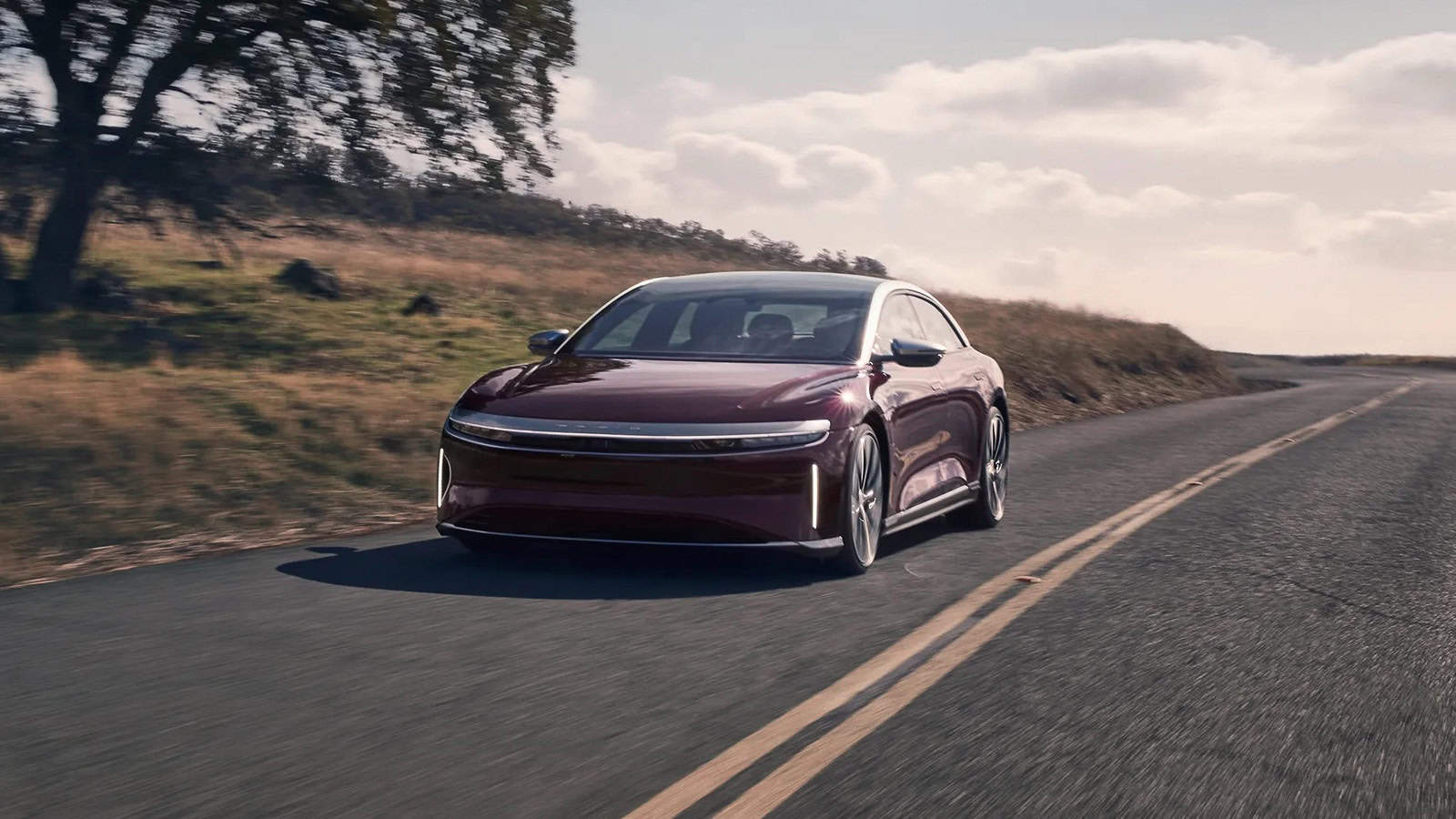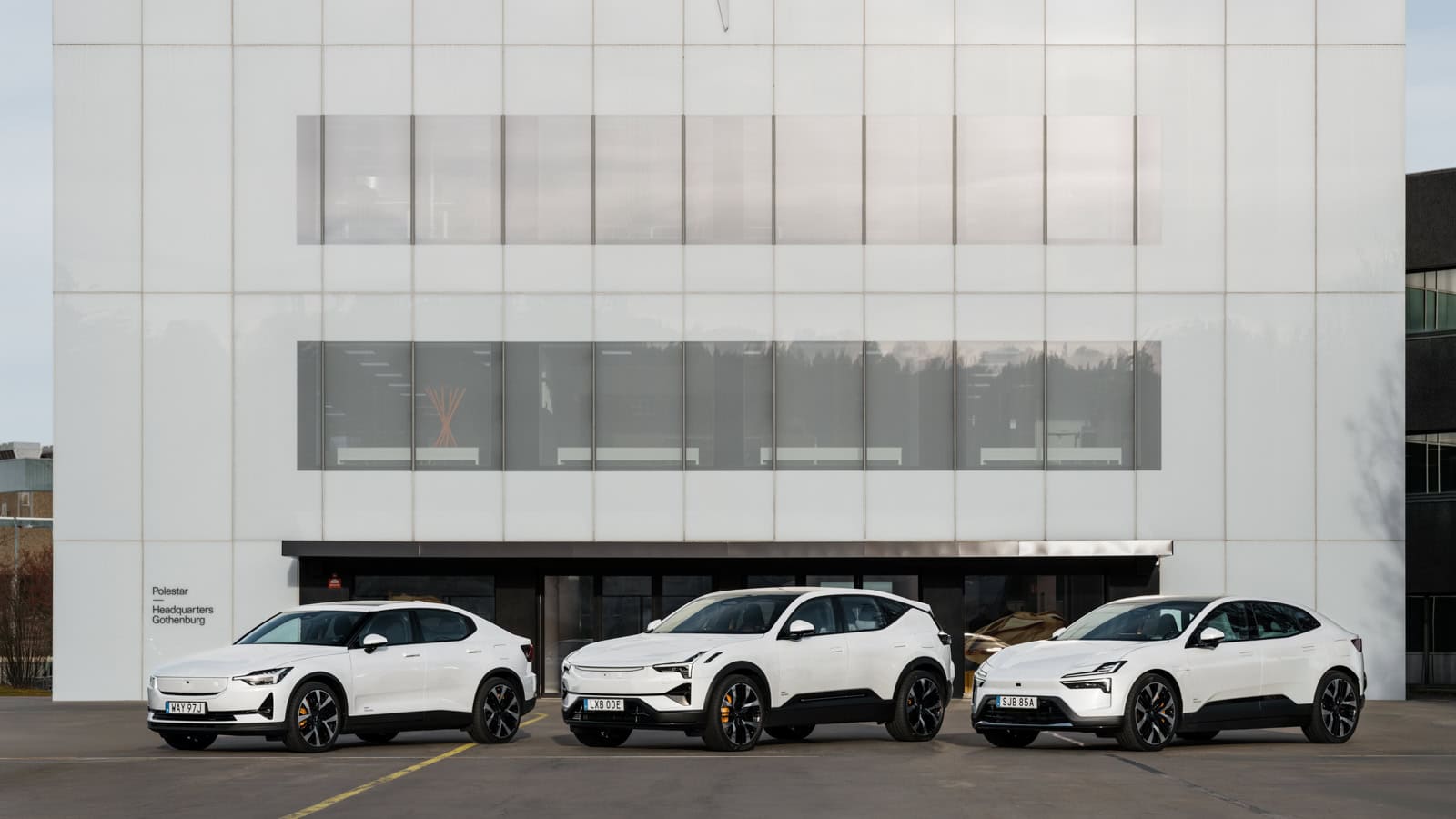Critics of EVs point to government subsidies and call the whole thing “socialism,” but it’s oil and gas that get the most gov’t help.
The recently passed Bipartisan Infrastructure Law made headlines recently, citing the unprecedented $5 billion (with a b) dollars the Biden Administration is putting towards developing an electric vehicle infrastructure over the next five years. Its passage immediately angered critics of government spending, who called the whole endeavor “socialism” and argued that gasoline and electricity should be allowed to fight it out on the free market, free from government interference.
That’s called capitalism, and — regardless of how any of us might feel about it — it is the engine that is credited with having driven the relentless progress of technology over the last hundred-or-so years. Based on that alone, there might be a dozen perfectly valid reasons to argue that the government should leave well enough alone and let the battle between electric and gas-powered cars play out on its own.
There’s just one problem: gas and oil get much, much bigger subsidies than electric cars.
How Much Bigger is “Much Bigger”

Look, we’re not here to argue about whether or not one side or the other should or shouldn’t get government handouts. There are, frankly, enough billionaires on both sides of the argument to make the case for “needing” for such handouts laughable, regardless of who gets them. That said, the notion that electric vehicles are only succeeding because of government subsidies is factually incorrect.
In comparison to the $5 billion electric vehicle infrastructure plan — the biggest such expenditure to date, remember — coal, oil, and natural gas received more than $5.9 trillion in subsidies in 2020 alone. (!) That works out to nearly $11 million every minute of every hour of every day of the year … and that was just one (1) year, compared to that tiny $5 billion spend (again, over the course of five years) that the Biden White House is crowing about.
That “billion vs. trillion” thing may not sound like a huge difference, but it’s staggering in its scope. To give you an example, a billion dollars’ worth of $100 bills would fill a couple of wood pallets — but it would take a football field of such pallets to equal a trillion dollars …

… are you starting to get where we’re coming from? It’s not even close — and, without those government subsidies keeping the price of oil and gas artificially low for decades, it’s been estimated that we’d be spending $12.75 per gallon for regular unleaded.
What’s that, guys? That study we linked to is from way back in 2011 and the dollar isn’t worth the same amount? That’s a great great point! Adjusting for inflation, we should be looking at a national average gas price that’s just north of $16.55 per gallon in 2022.
Comparing that to the national average for an “eGallon,” the amount of electricity you’d need to put into your battery to equal 1 gallon of gas, is $1.09.
So, should we really be sitting here arguing about government spending and whether or not Uncle Sam should be picking winners in a free market? As fans of both EVs and fair fights, we think the answer is obvious: let the gas-mobiles and their coal-rolling fans keep their government subsidies and their handouts and their socialism. The poor dears are so slow, they need all the help they can get!

ORIGINAL CONTENT FROM ELECTRIFY NEWS.











